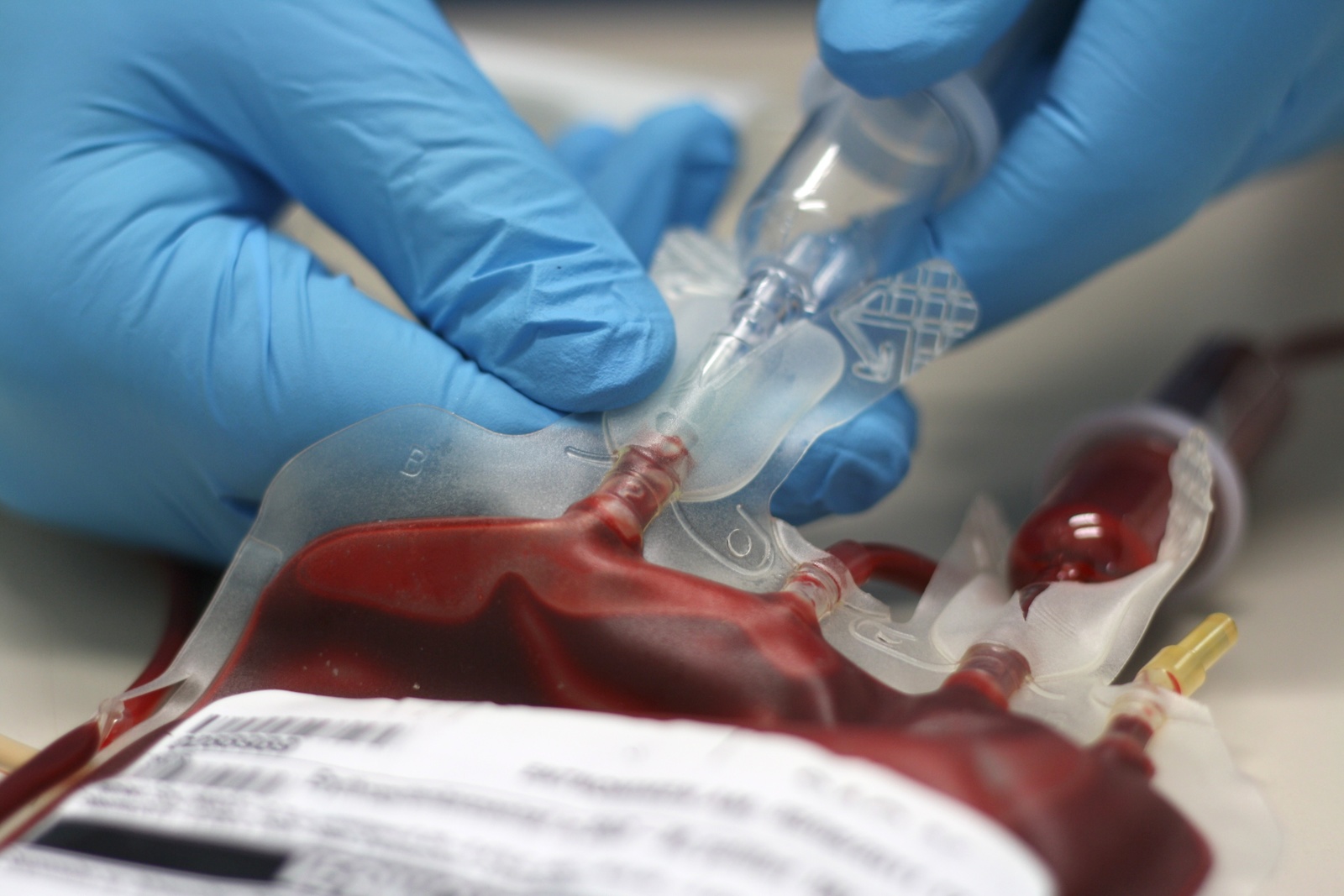
NYC Attorney Offers Insight on Blood Transfusion Mistakes
NYC Medical Malpractice Attorney Jonathan C. Reiter explains the serious risks associated with blood transfusion mistakes that lead to cases of medical malpractice.
New York City, NY / June 5, 2019 / -- According to the American Red Cross, someone in the United States needs a blood transfusion every two seconds. Whether it’s an emergency situation or a surgery, blood can mean the difference between life and death. Unfortunately, a blood transfusion mistake can cause serious health problems and even death.
Anyone who has been the victim of a blood transfusion mistake in New York should speak to an NYC medical malpractice lawyer about their rights.
Transfusion Mistakes Caused by Wrong Blood Type
While eight blood types are considered the most common among the overall population, the American Red Cross points out that over 600 antigens exist that create rare blood types. As the American Red Cross states, “There are very specific ways in which blood types must be matched for a safe transfusion.”
There are specific rules for how blood and plasma are matched from donor to recipient. When medical personnel administer blood or plasma to a patient, they must first determine the patient’s blood type to ensure they don’t give the wrong type of blood or plasma. They must also follow safety protocols to ensure the blood or plasma they give is the right match for the patient.
Even with precautions in place, mistakes can still happen. For example, if blood or plasma is mislabeled at the time of donation or storage, a hospital might end up giving a patient the wrong type of blood or plasma. In an emergency, medical professionals typically need to move very quickly. However, patient safety should always be their first priority. Even in an emergency, they must take care to ensure patients receive the correct type of blood or plasma, as the health risks associated with these kinds of mistakes are severe.
Transfusion Mistakes Caused by Patient Mix-ups
In some cases, transfusion errors occur when hospitals mix up patients and end up giving blood to a patient that is meant for someone else. If the blood isn’t the correct type, the transfusion can lead to catastrophic complications that can cost a patient’s life.
This risk is why it’s important for hospital workers to correctly identify a patient each time they have an interaction with the patient. Medical personnel can’t afford to assume that the patient they’re dealing with is the correct individual. These assumptions can lead to serious health complications for patients.
It’s also possible for a patient to suffer complications when blood or plasma products are expired. Medical personnel should work diligently to ensure the blood products they administer are safe to use.
Transfusion Mistakes Caused by Delays
When a patient needs blood, they can experience a series of health complications that can escalate quickly. Hospitals or doctors that delay getting blood to a patient may be held liable for medical malpractice.
Transfusion Mistakes Caused by Infected Blood
Blood and plasma can save lives, but they can also lead to complications if the blood contains any type of infection. This is why it’s important for blood donation centers to carefully screen donors. Some of the most serious blood-borne infections include Hepatitis B, Hepatitis C and HIV.
If a patient believes they suffered an infection due to infected blood or plasma, they should act quickly to protect their rights. Patients who believe they received infected blood should work with an experienced medical malpractice lawyer to show that the health professional or hospital knew or should have known the blood was infected before the transfusion. Any delay in consulting with an attorney could make it more difficult to make sure that important evidence is preserved.
Transfusion Mistakes Caused by Improper Administration
Blood transfusion mistakes can also happen when a health professional gives too much blood or too little. These medical mistakes can also occur when a health care professional uses the wrong type of needle or administers the blood in the wrong location of the body.
Transfusion complications can also happen when a medical professional fails to use sterile needles and other equipment, or when the health care worker neglects to practice proper health hygiene including hand washing. These situations can lead to infection in the patient, which can cause long-term problems.
Blood Transfusion Mistakes
When an individual receives the wrong type of blood or plasma, they can suffer serious and deadly consequences. A person’s body knows when the blood is incompatible and will treat it as a foreign entity like a virus. This causes the immune system to attack the body, which can lead to long-term health problems and even death. When the body attacks the foreign blood, it’s known as Acute Hemolytic Transfusion Reaction (AHTR), which can be deadly. Patients can go into shock, experience circulatory distress, and suffer kidney failure. While some cases of AHTR occur almost as soon as the blood is administered, other cases fail to present until days or weeks later, which can put a patient in serious danger.
If you or a loved one has been the victim of a blood transfusion mistake, you will need to speak with an experienced medical malpractice lawyer. Talk to New York City medical malpractice attorney Jonathan C. Reiter today at 212-736-0979 or schedule a consultation.
See our recent verdict on Chiari Malformation Medical Malpractice case.
Media Contact
NYC Medical Malpractice Attorney Jonathan C. Reiter
Sources:
- https://www.redcrossblood.org/donate-blood/how-to-donate/how-blood-donations-help/blood-needs-blood-supply.html
- https://www.redcrossblood.org/donate-blood/how-to-donate/types-of-blood-donations/blood-types.html
***ATTORNEY ADVERTISING***
Prior results cannot and do not guarantee or predict a similar outcome with respect to any future case. Recoveries always depend upon the facts and circumstances of each case, the injuries suffered, damages incurred, and the responsibility of those involved
Source: www.jcreiterlaw.com
